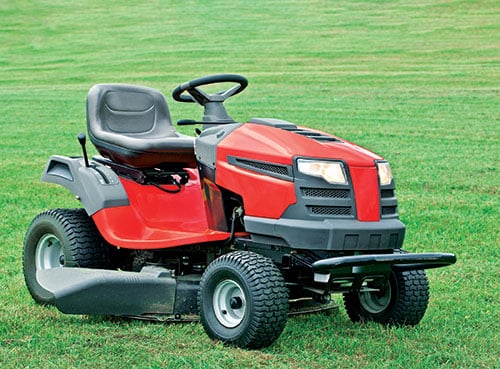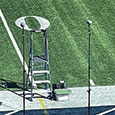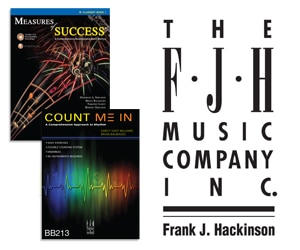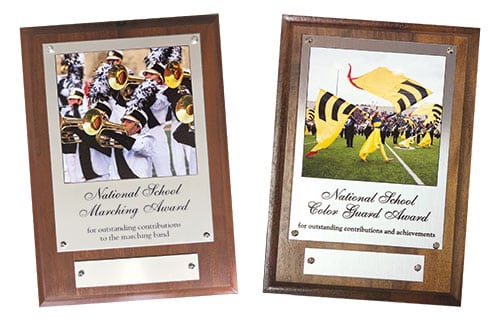In August, I began teaching a course titled Marching Band Methods at my alma mater, Harding University. Since I have been a semi-hoarder of educational materials for many years, this proclivity was proven justified when I was assigned the class. In preparation for the semester, I joyfully went through old marching band books, articles and clinic handouts collected over the years. I soon realized that many of the materials would serve better for a History of Marching Band class. Fortunately, some aspects of marching band never change, and I was able to update the more archaic concepts.
This teaching opportunity also gave me pause as I reminisced about my early experiences with drill writing. Unfortunately, symptoms of Post Traumatic Stress Drill-Writing Disorder (night sweats, hand tremors while holding a pencil, troubling dreams, etc.) manifested themselves. As with many unpleasant events in my life, I figured sharing the experience might help me therapeutically. Thus, this article.
When I began my career in 1985, I thought that band directors were expected to write their own drill, and those that didn’t were cheating the system and not much better than a kid copying a friend’s homework. I even found myself looking at some of these slackers rather smugly at region and state band director meetings. In 1985 Arkansas, a majority of directors wrote their own drill, so I assumed many of my drill-writing colleagues felt the same way I did – even though I did not express my smugness to anyone else.
My view began to change in 1991 as I delved into the deeper recesses of this dark art and attended classes on the subject after accepting a high school position. My alma mater did not provide a course on marching band when I was there, so I took a summer class in drill writing at East Texas State University (now Texas A and M at Commerce). I also attended a summer clinic at the University of Central Arkansas that included tips on drill writing for small bands. I learned a lot, but I still came away feeling that writing drill might not be my cup of tea.
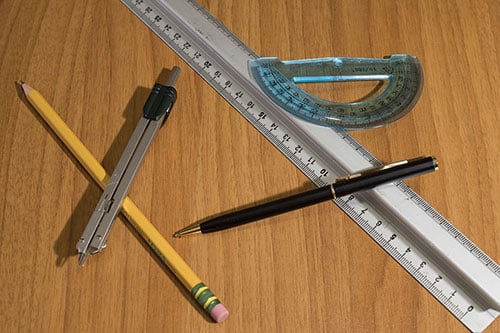
My suspicions were confirmed as I began to put pencil to graph paper for my first show. My days and nights were consumed with writing drill. I am not exaggerating when I say that I saw graph charts and coordinates when I closed my eyes to sleep; they floated around like a black hole and stars in the sky. I was so consumed with this slow and frustrating process that I had little time for anything else. My wife even started mowing our large yard. Fortunately, her father felt sorry for her and bought her a riding lawnmower. His pity even extended to me as he kindly made me a tracing light box.
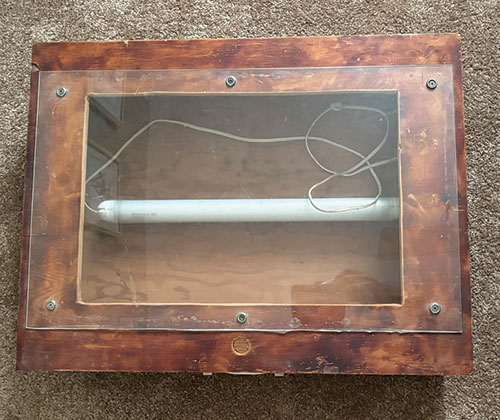
My creative ideas were quickly exhausted. At one point, I put my young son, who could barely hold a pencil, on my lap and told him to draw something. I used the picture. My band kids looked at the chart and nicknamed the set my son drew as “the fetus.” I had to admit it was an apt description.
I knew good drill when I saw it but had a hard time getting it on paper. It was like knowing what a good lasagna tastes like without being able to cook it. I found that much of what I was doing had little to do with art and more with just filling up the counts and solving crazy problems like getting one trumpet player back to the section after having stranded him in the middle of the trombone section for one set. Forget artistry, I must get the player back in as few sets as possible.
Once I had some decent forms, there were the troublesome transitions to consider, and finding a logical and aesthetically pleasing path from one set to another was next to impossible from my spatially-challenged perspective. My drill could best have been described as an alternation of forms and a ball of winding and unwinding yarn.
The directors I used to look at smugly suddenly looked like geniuses. Living by my Clint Eastwood mantra, “a man’s got to know his limitations,” I capitulated after just one more summer of writing drill. (I thought using computer software for the first time would help, but it just enabled me to write bad drill slightly faster.) I decided to contract someone who liked writing drill and was good at it. My band benefitted because good drill greatly improved our visual presentation, and none of my trumpet players would find themselves in a sea of trombone players. It also allowed me to concentrate on other aspects of marching band that I had been neglecting.
The only negative was that I did have to start mowing the yard again. At least I had a riding lawnmower.
